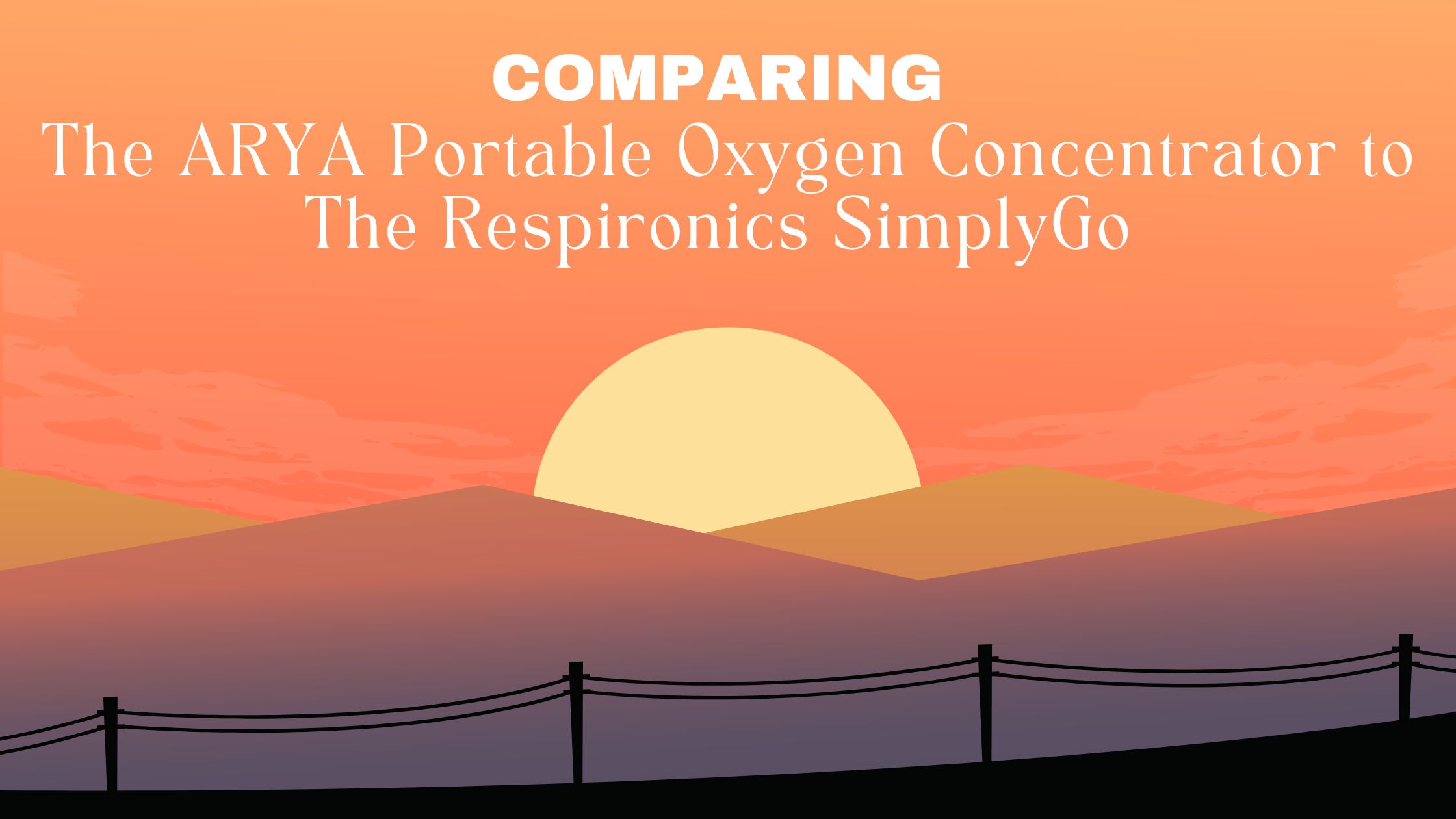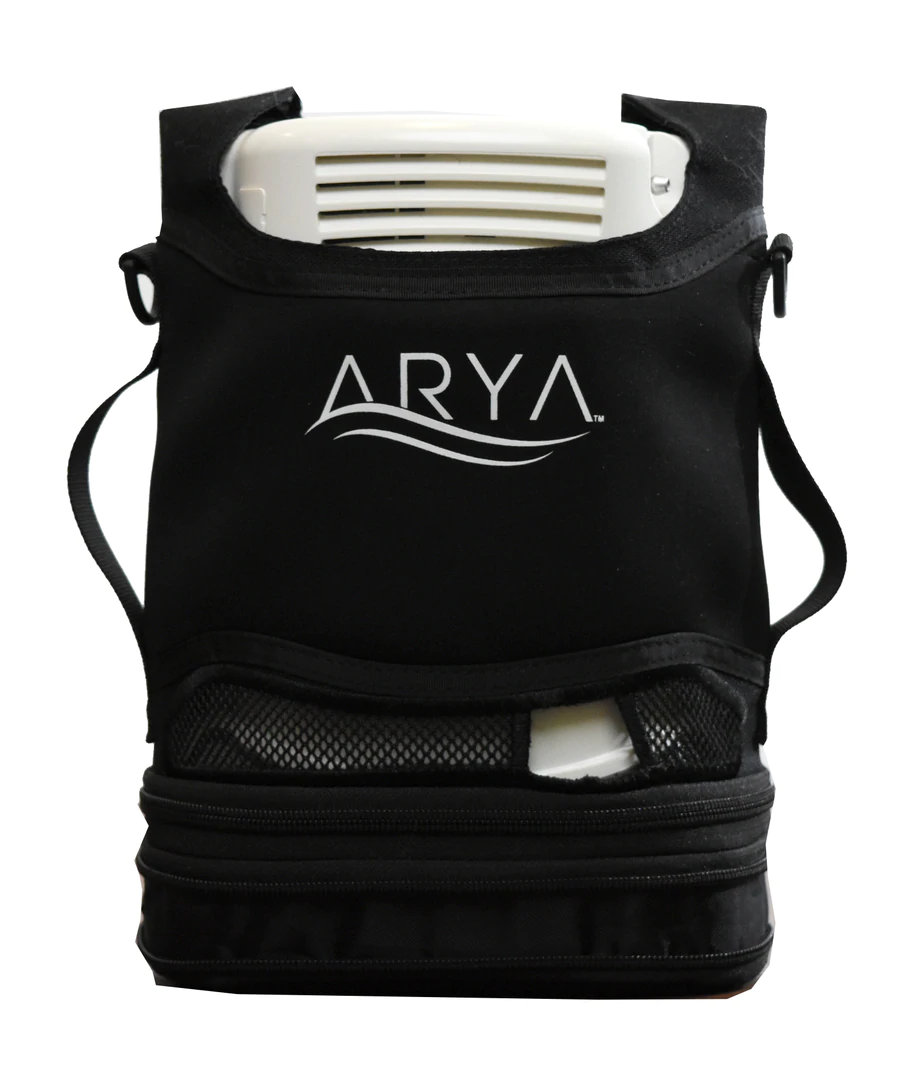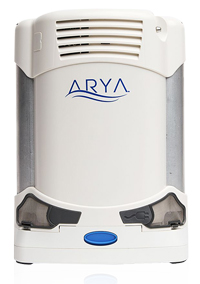
Chronic obstructive pulmonary disease (COPD) is one of the most prominent lung conditions. Worldwide, it affects more than 328 million people and this number is only expected to increase over time.
While there are many different treatment options for COPD such as a refined dietary regime, inhaled medication, and pulmonary rehabilitation, oxygen therapy remains one of the best ways to keep symptoms in check.
Whether this is your first time looking for portable oxygen concentrators for sale or you’re back on the market after selling an old oxygen unit, you need to take some time to consider what options are available to you.

It may be tempting to commit to the first oxygen machine you find that meets your needs, but studying each one will ensure that you get the device that’s ideal for your lifestyle.
However, this is not always easy considering the fact that there are hundreds of medical oxygen devices out there and many of them are falsely advertised making it difficult for an oxygen patient to weed out the bad ones.
Fortunately, here at LPT Medical, we only offer oxygen concentrators from the most reputable brands in oxygen manufacturing so that you can always be sure you’re getting a machine that does exactly what it says it does.
To help you narrow down your choices, we’re going to be taking a look at two different portable oxygen concentrators today: the ARYA Portable Oxygen Concentrator and the Respironics SimplyGo.

Oxygen Output
Above all else, you need to make sure that your new oxygen machine meets your health needs. Before making any choices, you’ll need to speak with your doctor or pulmonologist and learn the exact volume of oxygen and how many hours a day is appropriate for you. It’s important to note that the ARYA is a pulse dose portable oxygen concentrator and the Respironics SimplyGo is a continuous flow portable oxygen concentrator.
What this means is that the ARYA only puts out oxygen when the user inhales, whereas the Respironics SimplyGo puts out oxygen irrespective of the user’s breathing rate.
What results from this is that the Respironics SimplyGo has a much higher oxygen output, but most of the oxygen is wasted when the user is not inhaling. With that being said, both concentrators are designed to accommodate the needs of the majority of oxygen patients.
On a maximum flow setting of 6, the ARYA puts out 1,050 ml/min of oxygen. The Respironics SimplyGo goes up to a maximum of 2 LPM on a continuous flow setting.
What this means is that if you’re inhaling 50% of the time and exhaling 50% of the time, you’ll be receiving 50 ml/min of oxygen less with the SimplyGo than with the ARYA. We understand if this is confusing, so be sure to address any questions you may have with your doctor and respiratory specialist.
One more thing to note about the Respironics SimplyGo is that it also offers a pulse dose option. Like the ARYA, the Respironics SimplyGo can go up to a pulse flow setting of 6, so you’ll have plenty of options to adjust your oxygen delivery on the fly.
One of the reasons you may want to switch to pulse flow is if you want to save battery life on your device. Continuous flow tends to drain your battery life much quicker than pulse dose.
Battery Life
Most oxygen patients have battery life top of mind when choosing a new portable oxygen concentrator because the more powerful the battery, the more freedom you will have to get out and do the things you want.
Both the ARYA and the Respironics SimplyGo use lithium-ion batteries, a special type of battery that’s been designed to be powerful and lightweight. In fact, these are the same types of batteries that are used in most modern smartphones.
One of the main differences between the batteries in these two devices is that the ARYA uses one external battery while the Respironics SimplyGo uses two smaller internal batteries.
However, by “internal” we don’t mean that you’ll need to send your device into the manufacturer to have it replaced. This just means that the batteries slide in and out of the device. The batteries on both of these devices are very easy to remove and replace.
Another benefit of the SimplyGo is that you’ll have the option to use either one or two batteries, but with the ARYA, you’ll be able to choose between an 8-cell battery that comes with the device and a 16-cell battery that doubles the battery life of your portable oxygen machine.
If you compare the batteries straight out of the box, you’ll find that the ARYA offers a bit more freedom than the SimplyGo, especially when it’s used on its continuous flow setting.
On a pulse flow setting of 2, the ARYA will give you up to 4 hours of battery life. This can be extended with a 16-cell battery to 8 hours. The SimplyGo, on the other hand, comes with one battery that will offer 3 hours of freedom which can be extended to 6 hours if you purchase a second battery.
This is significantly decreased when you switch to continuous flow, however. If you switch to continuous flow, 3 hours of battery life will be reduced to 1.6. Be aware that if you increase your flow rate, the battery life will be reduced.
All around, the ARYA will offer you more freedom than the SimplyGo, however, if you have other reasons for buying a SimplyGo, you’ll want to keep extra batteries on hand and consider using the pulse flow option.
Accessories like the external battery charger will help you keep all your batteries full and ready for use no matter where you are in the world.
Weight and Size
The concept of portable oxygen therapy is not all that new. Oxygen cylinders have been used by COPD patients since the 1950s, but they were anything but convenient. As opposed to portable oxygen concentrators of today, oxygen cylinders are big, bulky, and difficult to maneuver.
What’s more, they don’t run off of batteries like concentrators so they need to be refilled constantly. This requires you to either have a device called a “homefill station” in your home, or you need to go out of your way to find an oxygen retailer.
Fortunately, portable oxygen concentrators like the ARYA and the Respironics SimplyGo are both much lighter, smaller, and easier to carry than oxygen tanks. Instead of having to wheel them around with a carrying cart, these POCs can be slung over your shoulder and carried with ease. Let’s take a look at how the two of these compare.
The ARYA weighs in at only 5 pounds making it one of the lightest portable oxygen concentrators ever produced, just behind the AirSep Focus which weighs 1.75 pounds, and the Inogen One G4, which weighs 2.8 pounds. In terms of size, the ARYA is only 10” H x 7.3” L x 3.1” W or 226.3 in². So it’s very small and compact.
Continuous flow portable oxygen concentrators are naturally heavier than pulse dose portable oxygen concentrators; however, the Respironics SImplyGo still only weighs in at 10 pounds making it twice as heavy as the ARYA.
The SimplyGo is the lightest continuous flow portable oxygen concentrator and it’s also the smallest continuous flow portable oxygen concentrator at just 10” H x 6” D x 11.5” W or a volume of 690 in².
All around, the ARYA is going to be a much better choice for you if size and weight are a concern. If you suffer from chronic shoulder or back pain as many people do, you won’t experience any additional strain by carrying this oxygen machine. Since it’s small, it can easily rest under your arm without it disrupting your normal walking posture. While the SimplyGo is much heavier, it does come with a rolling cart that can make things a lot easier.
Optional Features
If you’ve taken the time to narrow down all of the most important aspects of your portable oxygen concentrator like oxygen output, weight, size, and battery life, it’s time to take a look at the additional features that these oxygen machines offer.
Fortunately, we live in a time of innovation; a time where people are coming up with unique and cost-effective solutions for people with chronic disabilities. This is no different when it comes to portable oxygen concentrators.
If you’re looking at the ARYA, you’ll be happy to know that it is one of the most feature-heavy portable oxygen machines on the market. Unlike something like the AirSep Focus which is a completely bare-bones oxygen concentrator, the ARYA uses something called telehealth technology.
Telehealth is the concept of working with health professionals over long distances using modern technology. An example would be holding a video conference with your doctor to discuss the symptoms you’re experiencing.
But that’s not all ARYAview allows you to do. Since it’s a telehealth service, it will allow you to transmit all your data over a secure network so that both your oxygen provider and your healthcare provider will be about to monitor your oxygen use. If you fall back on your treatment plan, then he/she can reach out to you and help you correct it.
The data that’s tracked through ARYAview can be viewed through the portal on a desktop computer or with a smartphone device like an Android or an iPhone. It’s very easy to set up and use, but it is optional. So if you’d rather use your ARYA without any of this, you will be able to do so. Unfortunately, the Respironics SimplyGo doesn’t come with any features like this.
CPAP/BiPAP Compatibility
Chronic obstructive pulmonary disease (COPD) and obstructive sleep apnea (OSA) are both common conditions and they can both affect the quality of sleep you get at night.
When they both occur simultaneously, it’s known as COPD-OSA overlap syndrome. If you’re diagnosed with this condition, your doctor may advise you to use either CPAP or BiPAP and oxygen therapy while you sleep. However, you need to make sure your two machines are compatible first.
CPAP and BiPAP machines work by expanding the airways while you’re sleeping so that they don’t close up, causing you to get a poor night’s sleep. Because of this, these machines are not compatible with pulse dose portable oxygen concentrators like the ARYAt that need to be able to precisely measure your breathing rate.
They are, however, compatible with continuous flow oxygen concentrators like the Respironics SimplyGo which put out a constant stream of oxygen.
In order to set your Respironics SimplyGo up with your CPAP/BiPAP machine, all you will need is a bleed-in adapter which will allow you to feed oxygen into your CPAP mask while you sleep. Be sure that your SImplyGo is set to your preferred flow setting and that it’s in the “continuous flow” mode as opposed to “pulse flow.”
Conclusion
There’s no doubt about it, it’s not easy trying to choose a portable oxygen concentrator. Whether you’ve used an oxygen tank for years and you’re looking for an upgrade, or you’re looking for your first oxygen device, there are a lot of options out there.
Unfortunately, it can be very challenging to find the resources you need in order to make an educated decision.
This is why we’ve made it our mission here at LPT Medical to make this process as easy as possible. This post compared two of the most popular portable oxygen concentrators on the market, however, there are a lot of other devices you should consider.
Simply reach out to one of our respiratory specialists either by email or phone and we’ll walk you through the whole process and find you the best deal possible. Once you’re ready to buy, we’ll set you up with a payment plan that works for you.

